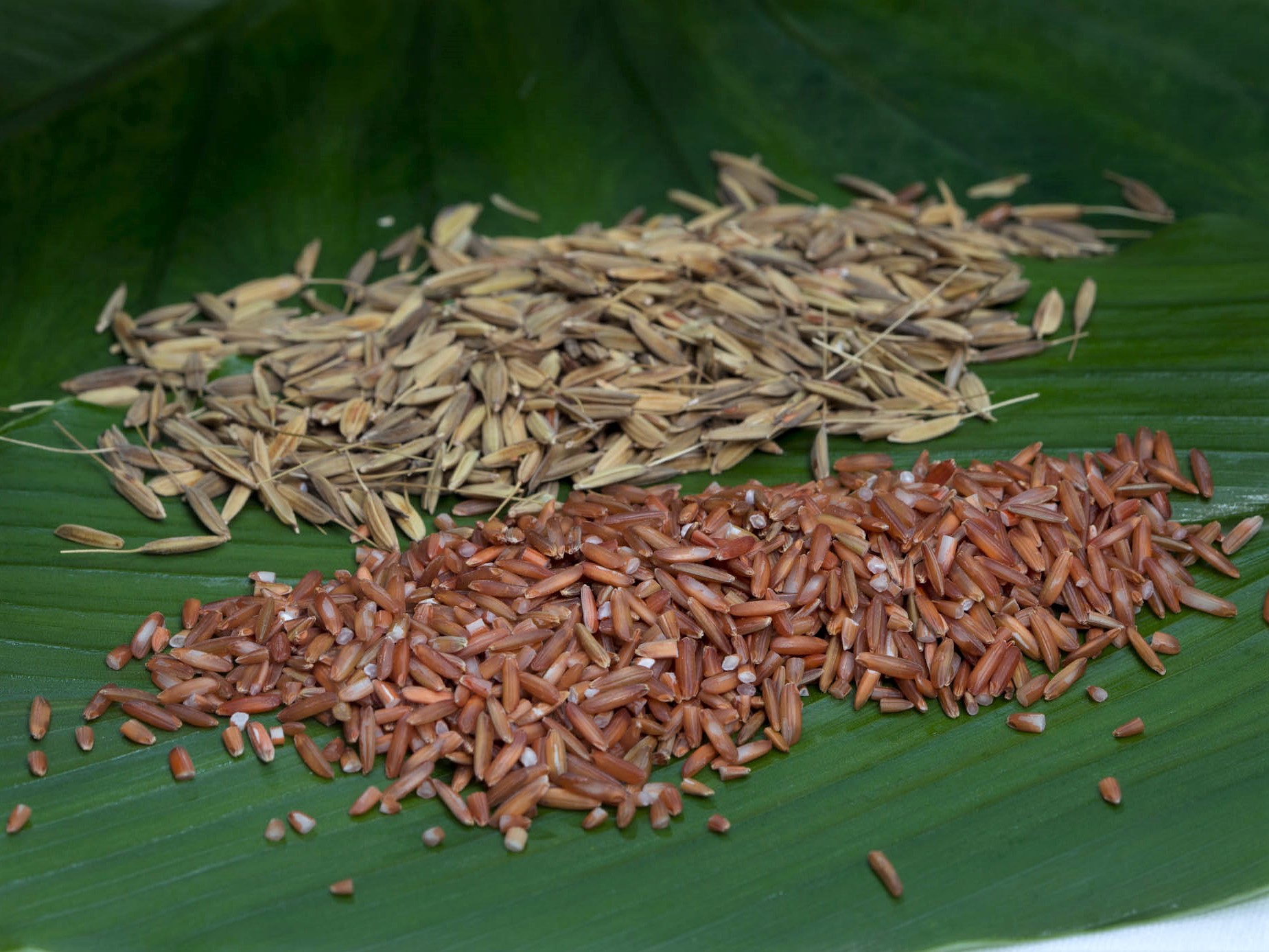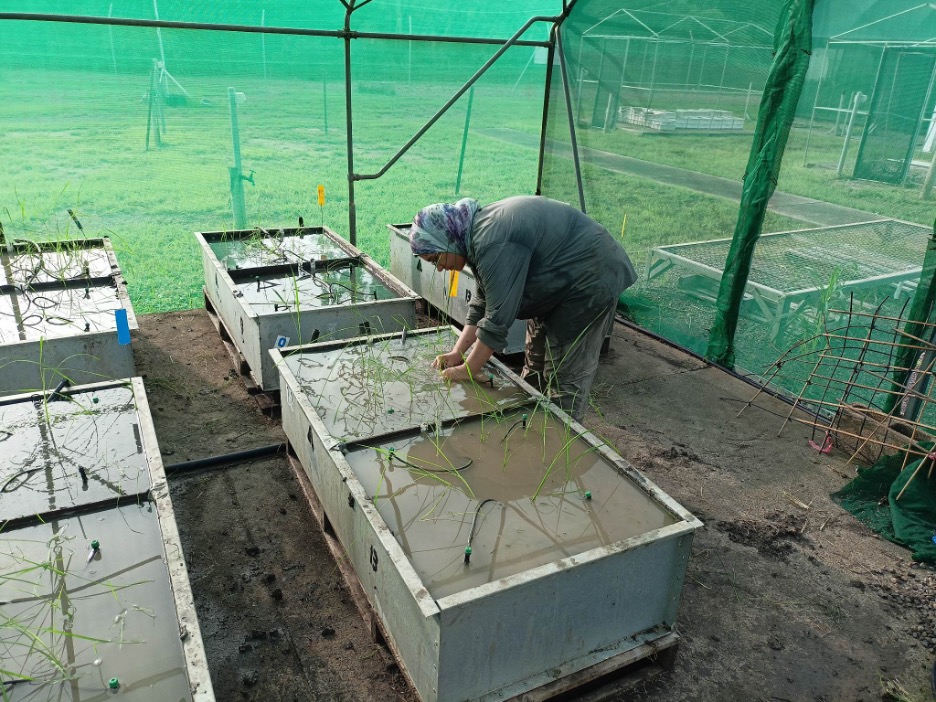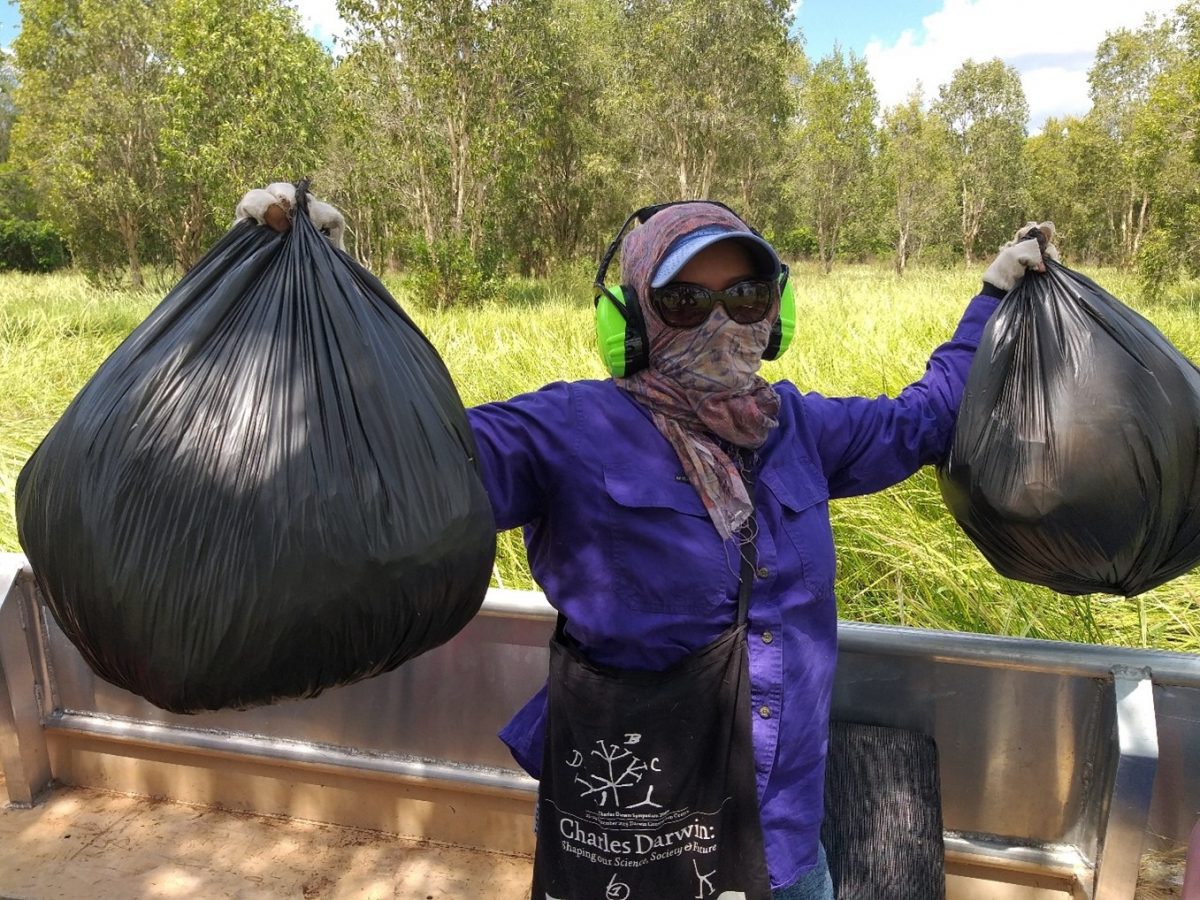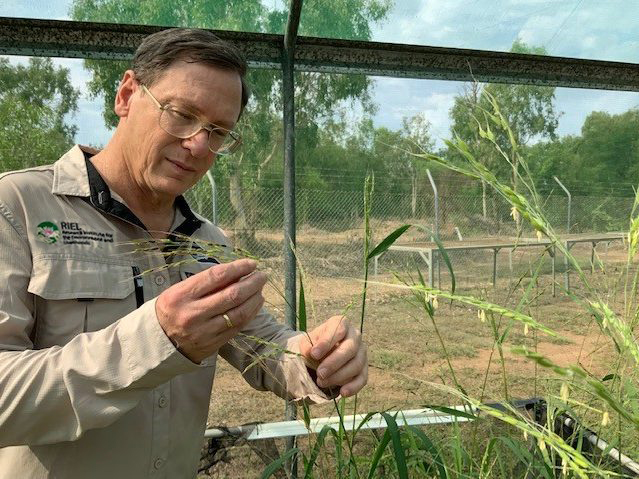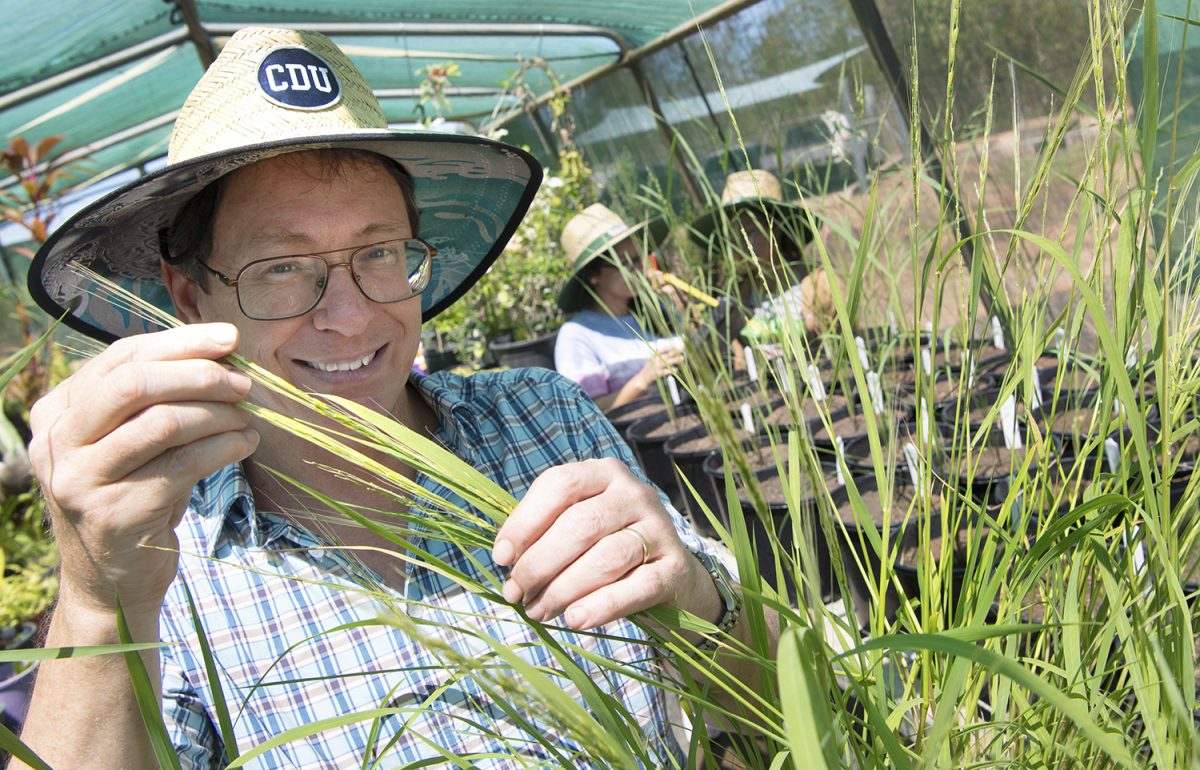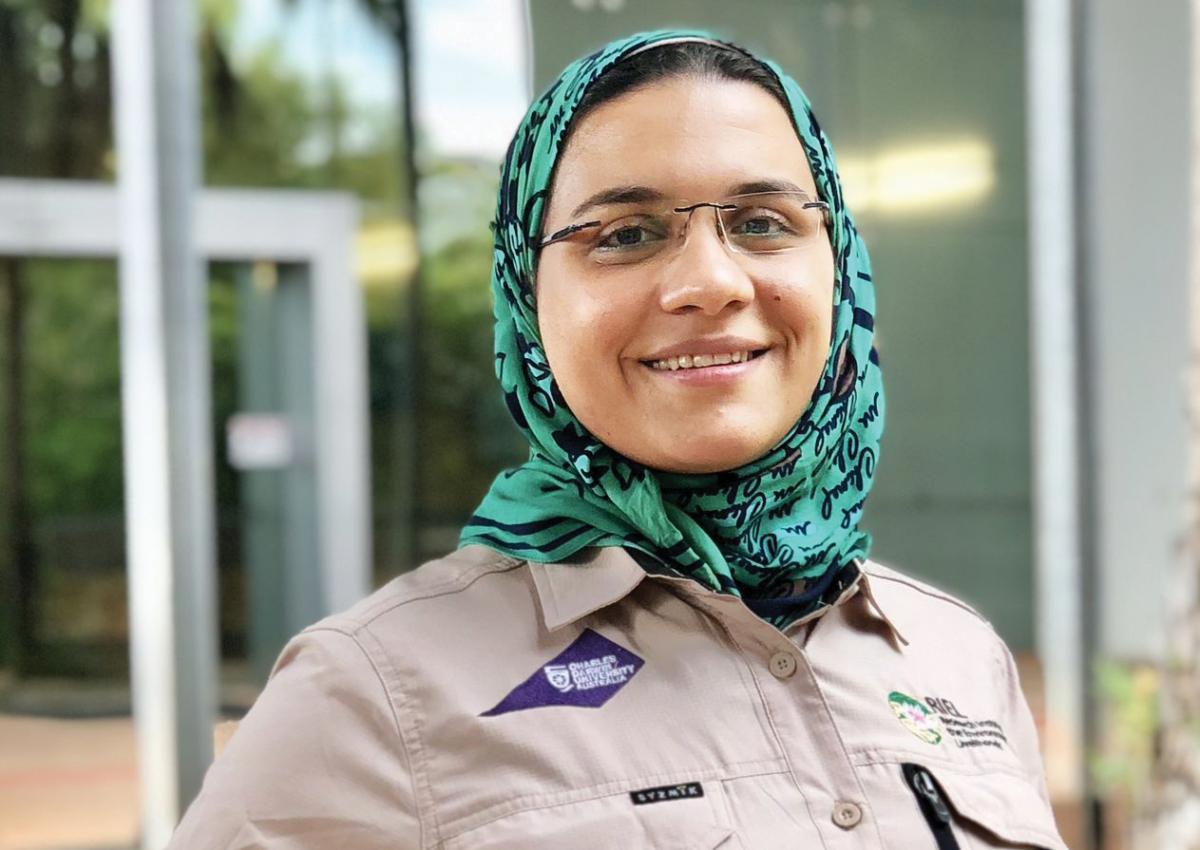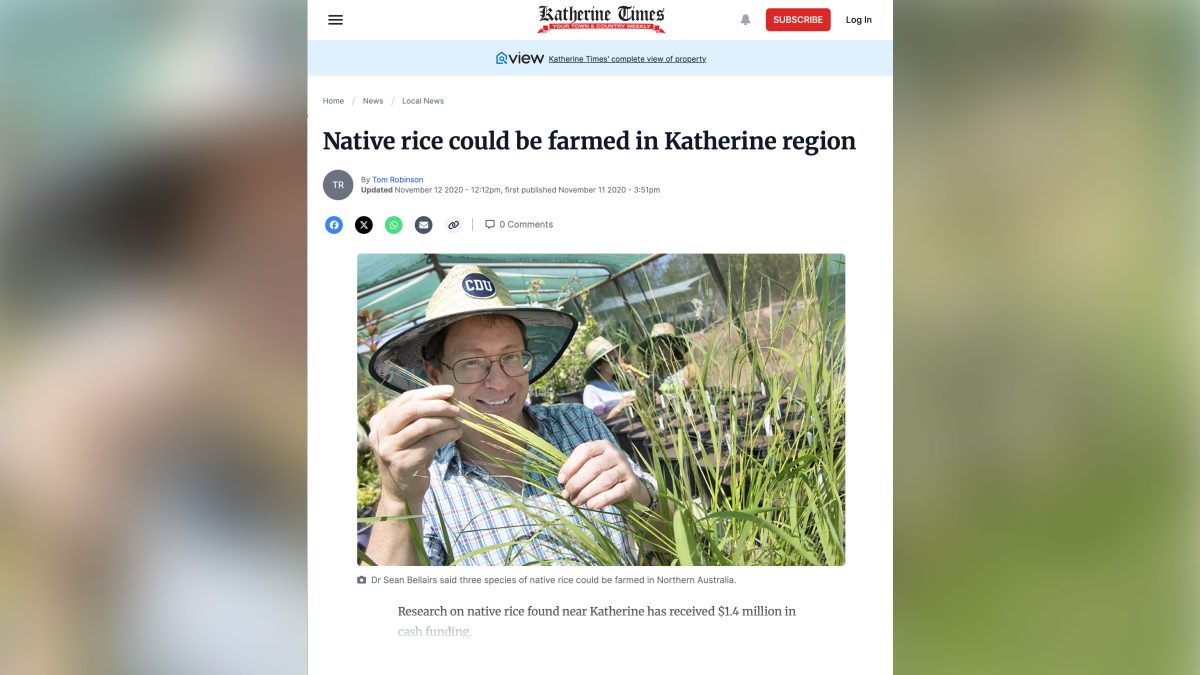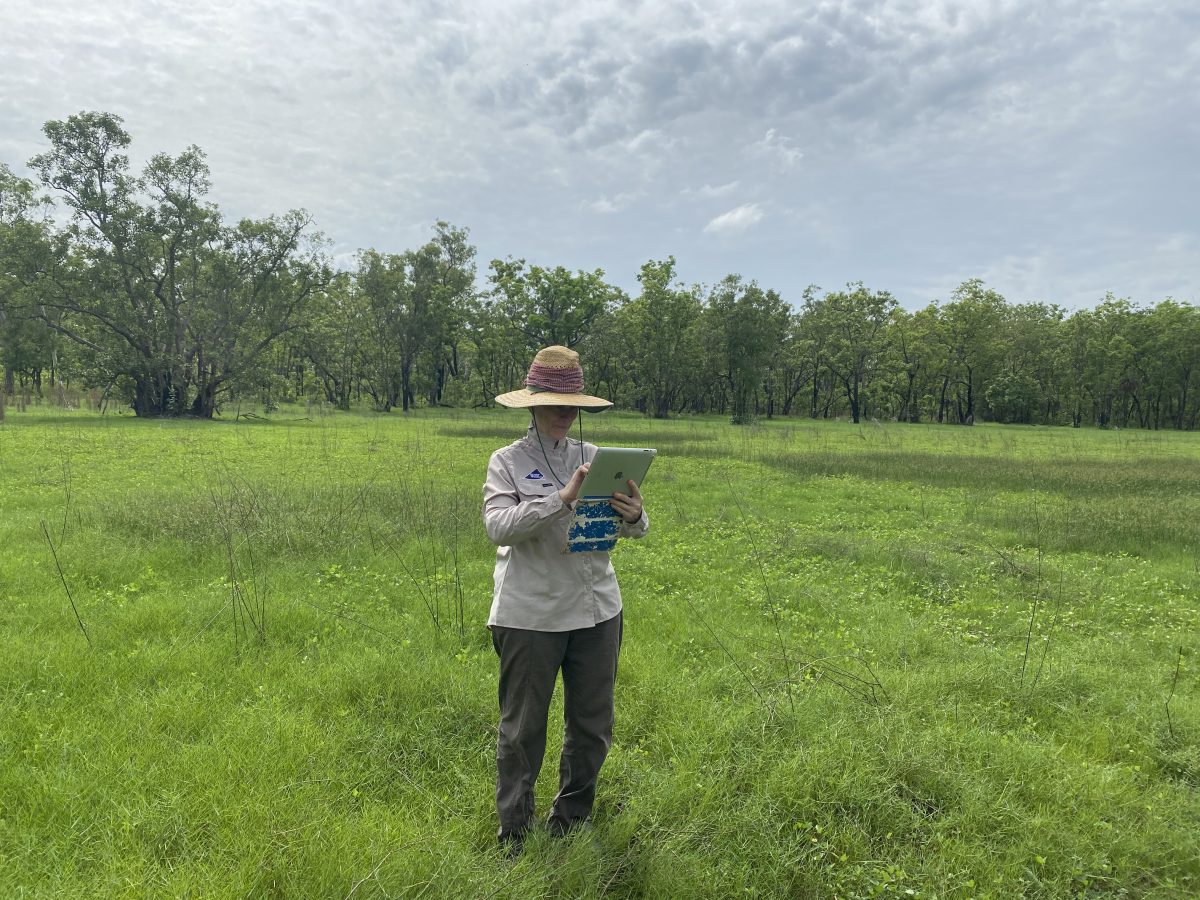Challenge The journey toward commercialising Australian native rice began with a fundamental hurdle: the insufficient availability of viable seed stock. Harvesting from the wild – often done by hand in remote, crocodile-inhabited wetlands – is not only hazardous but also yields minimal and inconsistent seed volumes. Without a scalable and reliable source of seed, it would be impossible to establish the agronomic trials necessary for future commercial cultivation. This constraint posed a significant barrier to transitioning native rice from a foraged product to a cultivated, market-ready crop.
Solution To overcome this limitation, researchers from Charles Darwin University and the Northern Territory Department of Industry, Tourism and Trade implemented a controlled seed bulking program. This initiative involved growing native rice in shade houses at CDU’s Casuarina Campus and the Coastal Plains Research Station using accessions of Oryza australiensis, Oryza meridionalis, and Oryza rufipogon. Seeds from both genebank sources and field collections were sown in pots under varied conditions to test their response to soil types and irrigation methods. The trials not only aimed to multiply seed stocks but also provided an early opportunity to assess performance across different environments.
Impact The trials yielded substantial volumes of seed, enabling a shift from dependency on limited wild harvests to a more sustainable, cultivation-based approach. For example, thousands of seeds were harvested from each species, such as over 4600 seeds from O. rufipogon grown at CDU. This success created the foundation for future experimental trials and provided the material needed for germination testing, milling, and nutritional analysis. Moreover, these trials allowed researchers to begin formulating best-practice cultivation protocols tailored to native rice species.


